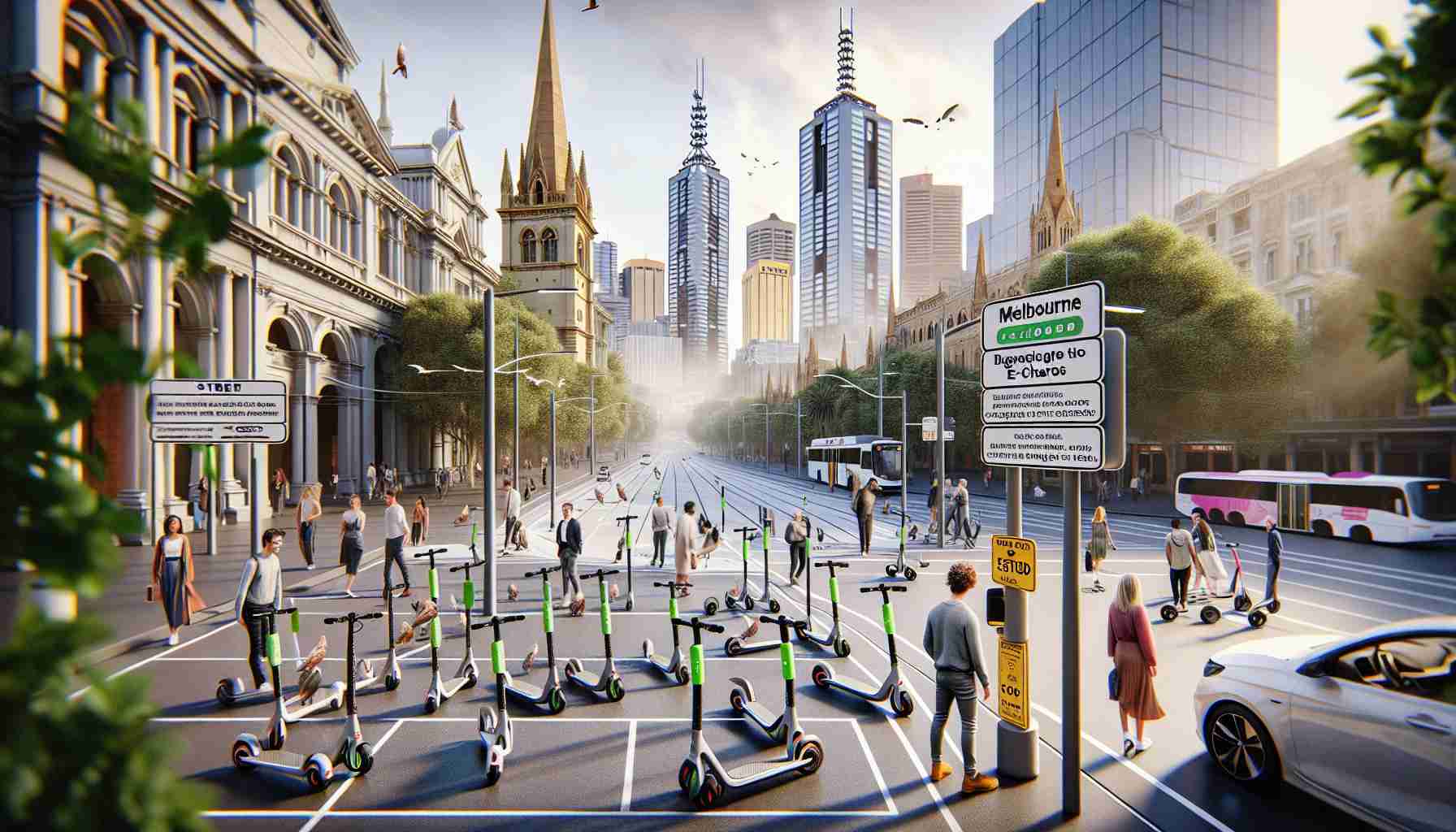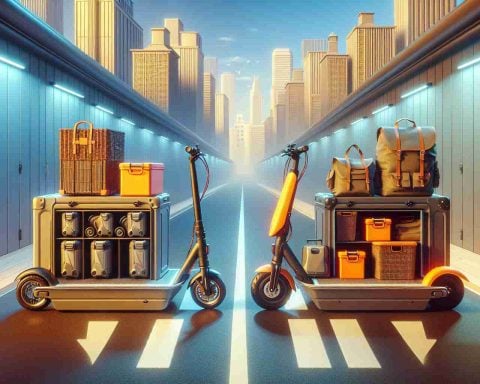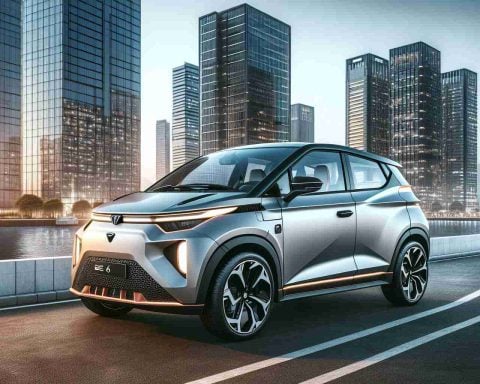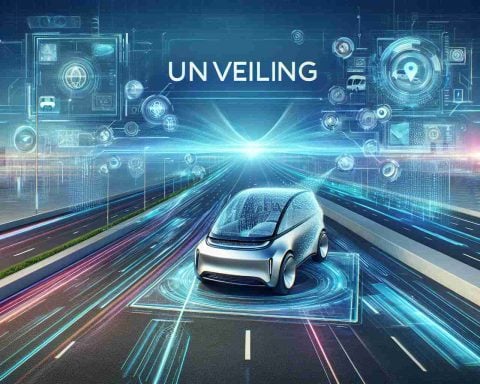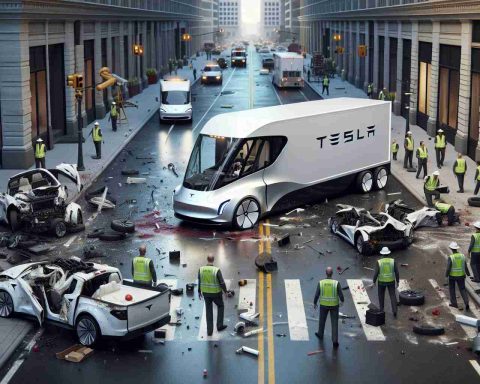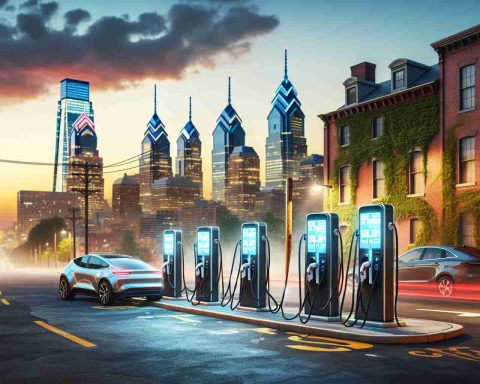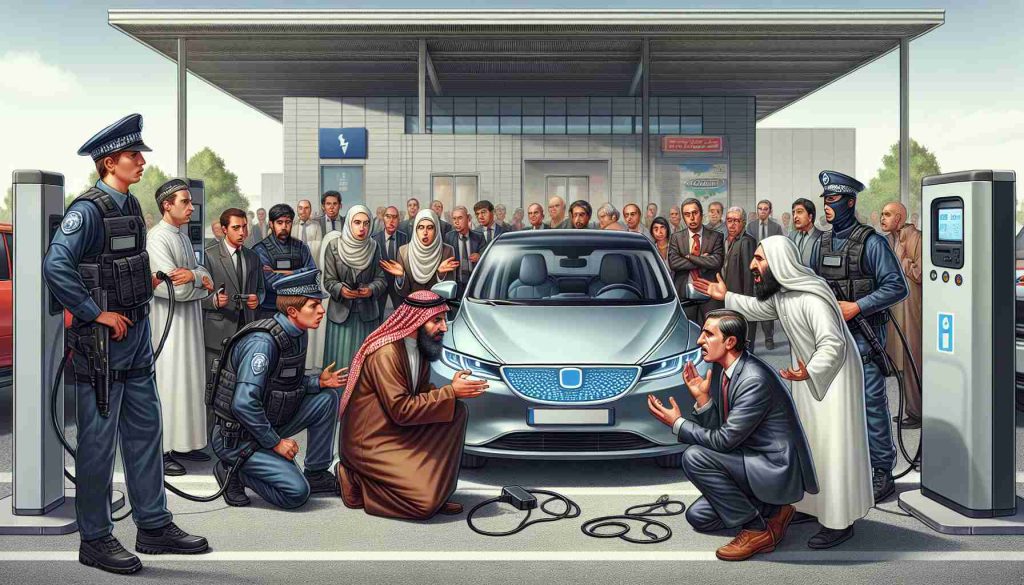- Yarra City Council introduced designated parking bays for e-scooters and e-bikes on footpaths in Richmond, Abbotsford, and Fitzroy to reduce clutter and enhance order.
- This initiative, inspired by similar projects in Brisbane, promotes urban harmony and respects both pedestrians and riders.
- Lime, a prominent e-scooter operator, supports the program by having riders document trip endings, which are verified through smart technology.
- Virtual parking bays and geofencing technology ensure rule compliance, supporting the council’s commitment to eco-friendly and intelligent transport solutions.
- The move reflects Melbourne’s values, combining innovation with tradition to accommodate urban growth while maintaining order.
Melbourne’s bustling streets hum with a new kind of order. Yarra City Council has taken a bold step to tame the erratic symphony of e-scooters and e-bikes in Richmond, Abbotsford, and Fitzroy by painting designated parking bays directly onto footpaths. This Victorian first aims to transform clutter into coherence, inviting other cities to imagine their own pathways to urban harmony.
Amidst the dance of pedestrians and two-wheelers, the painted rectangles offer clarity, reducing the chaos once synonymous with footpaths crowded by abandoned e-scooters. These bays are more than just colored spaces; they embody a new etiquette, one that whispers a suggestion of respect for both city life and the pedestrians who navigate it.
The project, inspired by similar ventures in Brisbane, signals a shift in how the city envisions mobility—one where technology meets foresight. Lime, one of the leading e-scooter operators, has embraced this innovation. Their riders document each trip’s ending, submitting images that smart technology evaluates, ensuring compliance and rewarding good habits with convenience rather than chaos.
The council’s ambition doesn’t stop at physical spaces. Virtual parking bays and geofencing technology further ensure riders follow the rules, reinforcing a commitment to greener, smarter transport solutions. The future will see not just more spaces open, but also an evolution in how we interact with our urban environment.
In a city famed for its coffee culture and progressive ideals, Yarra’s move symbolizes more than just tidier sidewalks. It represents a community threading the needle between innovation and tradition, passionately weaving a fabric of urban living that accommodates growth without sacrificing order.
Transforming Urban Mobility: Melbourne’s E-Scooter Revolution and What It Means for the Future
Introduction
Melbourne is at the forefront of urban mobility innovation, as the Yarra City Council introduces designated parking bays for e-scooters and e-bikes. This initiative aims to alleviate chaos on footpaths and reflect a harmonious urban environment where pedestrians and riders coexist. Here’s a closer look at the broader implications of this project, including perceived benefits, potential disadvantages, technology applications, market impacts, and future predictions.
How It Works
Designated Parking Bays: These are visible, painted areas on footpaths designed to organize and streamline parking for e-scooters and e-bikes. Physically designated spaces ensure that devices are not left haphazardly, reducing clutter and promoting order.
Virtual Parking Bays and Geofencing: Advanced systems employ geofencing technology to create virtual parking zones that riders must adhere to. Non-compliance can lead to penalties, encouraging responsible parking behavior.
Pros and Cons
Pros:
– Order and Clarity: Reduces sidewalk clutter and enhances pedestrian safety.
– Enhanced Aesthetics: Cleaner streets improve the visual appeal of urban areas.
– Technology Integration: Encourages adoption of smart systems and sustainable transport.
– Environmental Impact: Promotes green transportation by supporting e-scooter use.
Cons:
– Initial Costs: Implementation of painted bays and geofencing technology requires investment.
– Limited Awareness: Users need education on how to use virtual parking and adhere to regulations.
– Space Constraints: In areas with limited sidewalk space, designated parking could reduce pedestrian areas.
Market and Trends
– Growing Micromobility Market: The global micromobility market is expected to reach billions in the coming years, driven by the popularity of e-scooters and shared e-bikes.
– Adoption of Similar Models: Other cities may follow Melbourne’s lead, adopting similar systems to mitigate clutter and improve air quality.
Technology and Innovations
– Smart Technology for Compliance: With companies like Lime using image submissions and smart tracking, technology plays a key role in monitoring rider behavior.
– Potential for Expansion: The success of this initiative could lead to broader adoption of other smart city technologies.
Use Cases and Limitations
Use Cases:
– Ideal for dense urban areas with a high volume of e-scooter and e-bike traffic.
– Applicable in cities looking to reduce traffic congestion and improve air quality.
Limitations:
– Less effective in areas with lower adoption rates or where car dominance remains strong.
– Requires continual funding and updates to maintain technology systems.
Insights and Predictions
– Behavioral Shift: As users adapt to stricter parking rules, there’s potential for long-term behavioral change toward responsible sharing practices.
– Future of Urban Transport: Expect continued integration of technology with transport systems, promoting greener, more efficient mobility solutions.
Related Questions and Answers
Why is this initiative important for Melbourne?
This initiative is critical for Melbourne as it addresses growing concerns around urban congestion and sustainability, enhances the city’s progressive image, and improves the quality of life for residents.
How does it impact local businesses?
Organized parking could increase foot traffic and accessibility to local businesses, potentially boosting economic activity.
What are the challenges associated with implementation?
Challenges include educating the public, ongoing maintenance, and possible pushback from skeptical communities.
Suggested Related Links
– lime.com
– micromobility.com
– melbourne.vic.gov.au
Melbourne’s pioneering initiative is a vision of the future—a blend of technology, environment, and urban living where seamless mobility enhances life quality. As other cities watch Melbourne’s progress, this could well be the blueprint for modern urban transportation.
